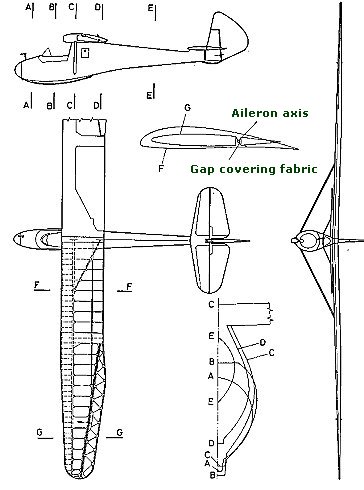HUNGARIAN
GLIDERS
1933-2000
| Type designation: |
R-08c |
| Name: |
C-Pilis |
| Designer: |
Ernő RUBIK |
| Class: |
Training |
| General arrangement: |
High, strutted wing, open canopy, traditional tail unit |
| Crew: |
1 |
| First flight: |
1939 |
| Manufacturer: |
Aero Ever Kft., Esztergom |
| Number of built: |
70 |
.jpg)
Short history:
One example of Wolf Hirth's Wolf had arrived to Hungary in 1937 and became very popular among glider pilots. Ernő Rubik designed a new glider, the Pilis, to meet the demand for such kind of gliders. The new design was based on the line of Szittya gliders but with reduced dimensions. The first version, which later got the type designation of R-08a, had first flown on March 19, 1939. New versions followed and this type was one of the gliders built in greatest number in Hungary.
With this version of the Pilis family the R-08b's gull form wing was eliminated and a slightly lighter structure was developed. The first example of this version flew in 1939 and altogether 70 examples were built.
The R-08c was authorized for bungee-cord, aerotow and winch launching, cloud flying and basic aerobatics.
Structure: All wooden
Wing:
The one spar, streamlined steel tube strutted wing had a plywood covered torsion resistant box structure in front of the main spar. The ribs had flat lattice frame structures. No airbrakes were fitted on these version.
Fuselage:
The fuselage was a semi-monocoque structure strengthened with ribs and longerons. The glider got removable open canopies fitted with simple windshield. The landing gear consisted of a main and a small aft skid both rubber dumped.
Tail unit:
The tail unit had traditional arrangement and a structure similar to the wing.
.jpg)

.jpg)
.jpg)
